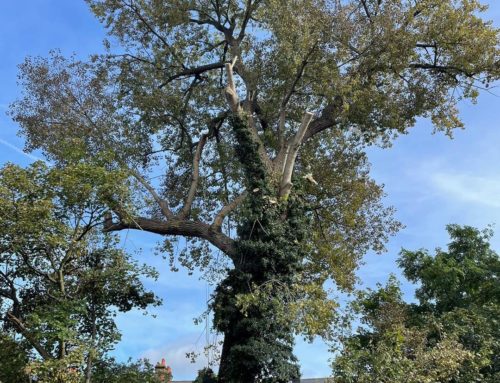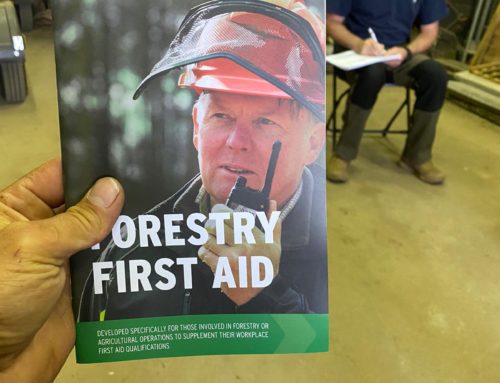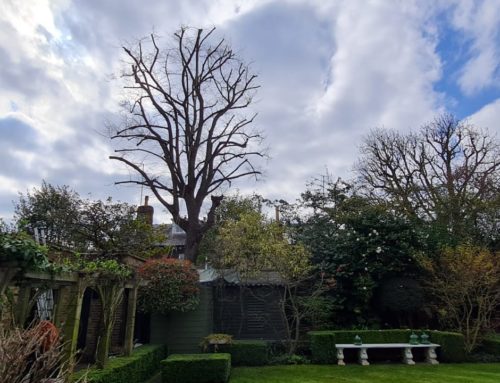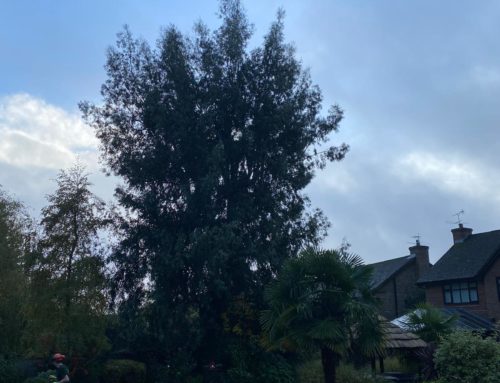5 things your tree surgeon can do
Most green-thumb individuals may question whether they need the help of a tree surgeon, whether it’s for the quick job of removing a few branches, or the mammoth task of removing a tree. Nowadays, it’s easy to access the required tools and equipment, and with the rise of YouTube and How-To videos online, there are still some jobs that should be left to the professionals.
If you are planning to tend to a tree without the use of a professional, a simple prune is all you should do. If the job requires more than a prune, and you are not sure how to achieve it, you should seek advice from your friendly local tree surgeon.
Professional tree surgeons have the correct health and safety practises in place, along with warnings to local traffic and pedestrians if necessary. Inexperienced individuals may not realise the consequences of not alerting passing traffic and pedestrians when carrying out tree work, and could end up causing major damage.
Here are 5 major tree jobs that professional tree surgeons can do:
1. Felling
There are two main reasons why we fell trees. The first being to protect the safety of surrounding properties and people, if a tree has become damaged and is now a potential risk. We also fell trees if they have become infested with pests or infected by diseases. These trees must be felled to preserve the health of nearby trees, and to prevent the diseases from spreading.
Felling a tree is much more complicated than just chopping it down. It’s a very dangerous process with many risks and hazards associated, and should be left to the professionals. We may make it look easy, but making sure the tree falls where you want it to isn’t. Tree surgeons can control the way the tree falls, and we know how to make that happen in the safest and most controlled way.
The location of the tree that needs felling is important. Overhead telephone lines, fences, buildings, and neighbouring trees are just a few obstacles that need to be protected against a fallen tree. A professional will have experience with working in these types of locations and with these obstructions.
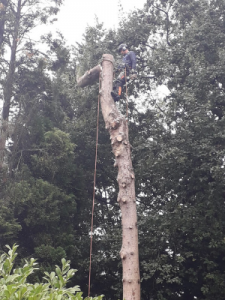
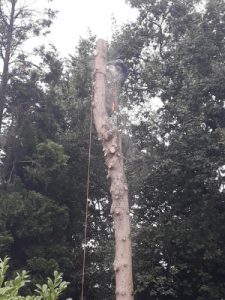
2. Stump Removal
After a tree has been felled, a ground level stump is left behind. Many people may try to remove it themselves. This can be quite difficult and time consuming especially if the tree was quite old, as the root system can be very deep in the ground and have spread quite wide below the surface. Others may try to kill the stump and roots with chemicals. Here there are many hazardous precautions to be aware of, and it’s not the most environmentally friendly way of removing a tree stump.
With a tree stump, professional tree surgeons use stump grinders to dig into the ground, and ‘chew’ up the trunk and roots from 6-18 inches deep into the soil. This method doesn’t just remove a tree stump, it demolishes the wood and creates and ideal composting material.
You can hire stump grinders yourself, but do note that this is dangerous work, and with no prior experience with this machinery you should always call in the help of a tree surgeon.
Read our guide to stump removal here.
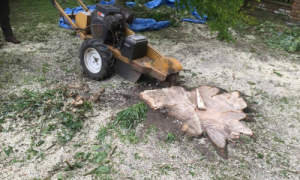
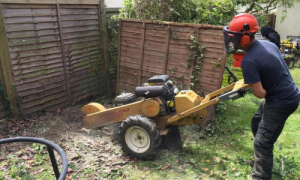
3. Pollarding
Pollarding is a form of pruning and is usually carried out during the winter, so it’s easier to see the structure of the tree once the leaves have fallen in the autumn. Pollarding is carried out to limit the height of a tree, and prevent it from extending too high and too wide in the space it’s been allocated.
Pollarding requires you to be at a certain height in order to remove the branches. Again, there are obstacles to consider such as overhead telephone wires, other properties and even sheds and summer houses. Professional tree surgeons will have specialist rigging equipment to safely lower the cut branches to the ground.
See more about tree pollarding here.
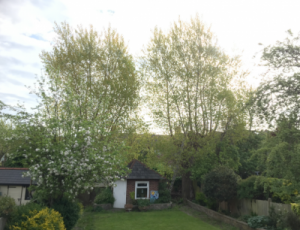
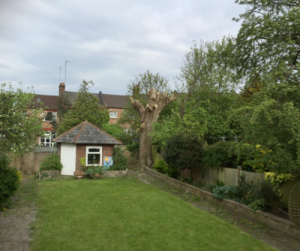
4. Crown shaping and reduction
When a tree has grown too large for its surroundings, and is in danger of coming into contact with things such as telephone wires, this is when we interrupt its growth. We reduce the size of the crown by removing selected branches. This reduces stress on the trees limbs, and allows light and air to penetrate through to its inner branches.
This requires the individual to be inside the tree, carefully selecting which limbs to cut. A professional tree surgeon will have the proper safety precautions in place, as well as rigging equipment to keep them safely in the tree, without the risk of slipping and falling. A professional tree surgeon will also be able to lower the limbs to the ground safely without damaging their surroundings.
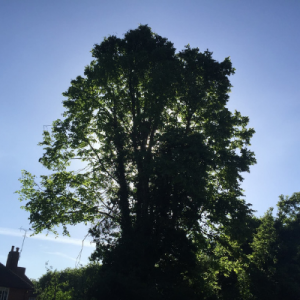
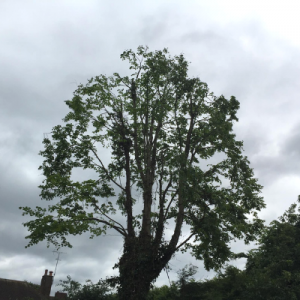
5. Crown thinning
A thick and bulky tree crown may give of the impression of a healthy tree, but in some cases strong winds can push against the tree, causing stress to its limbs and trunks. This is when breakages occur.
Crown thinning is carried out to remove branches from the tree, leaving a more tidy structure and allowing wind to pass through the tree with less risk of damage. This should always be carried out by a professional, as the removal of larger branches attached to the trunk of the tree can be dangerous. It’s best to leave it to the professionals here, to minimise the risk of damage to the tree and to the individual carrying out the task.
A professional tree surgeon will also help with the disposable of the wood. A DIY job leaves you with large amounts of garden waste, that may require many trips to the local tip, or paying for a skip hire, if you do not wish to burn the waste. Well-equipped tree surgeons will remove all of the waste, or even convert it into wood chip, that you can use for mulch in the garden.
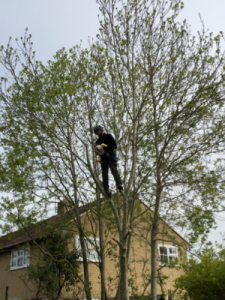
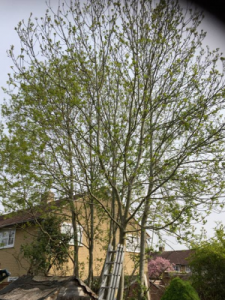
Specialists are definitely required when the trees are:
- Too close to the house (including the branches)
- In need of an in depth prune
- Near pools, patios and pavements
- Under power and telephone lines
- Damaged by disease
- Damaged/ fallen after storms.
For advice or more information about our professional tree surgery services, call Longacre Tree Surgery on 01992 475965.


